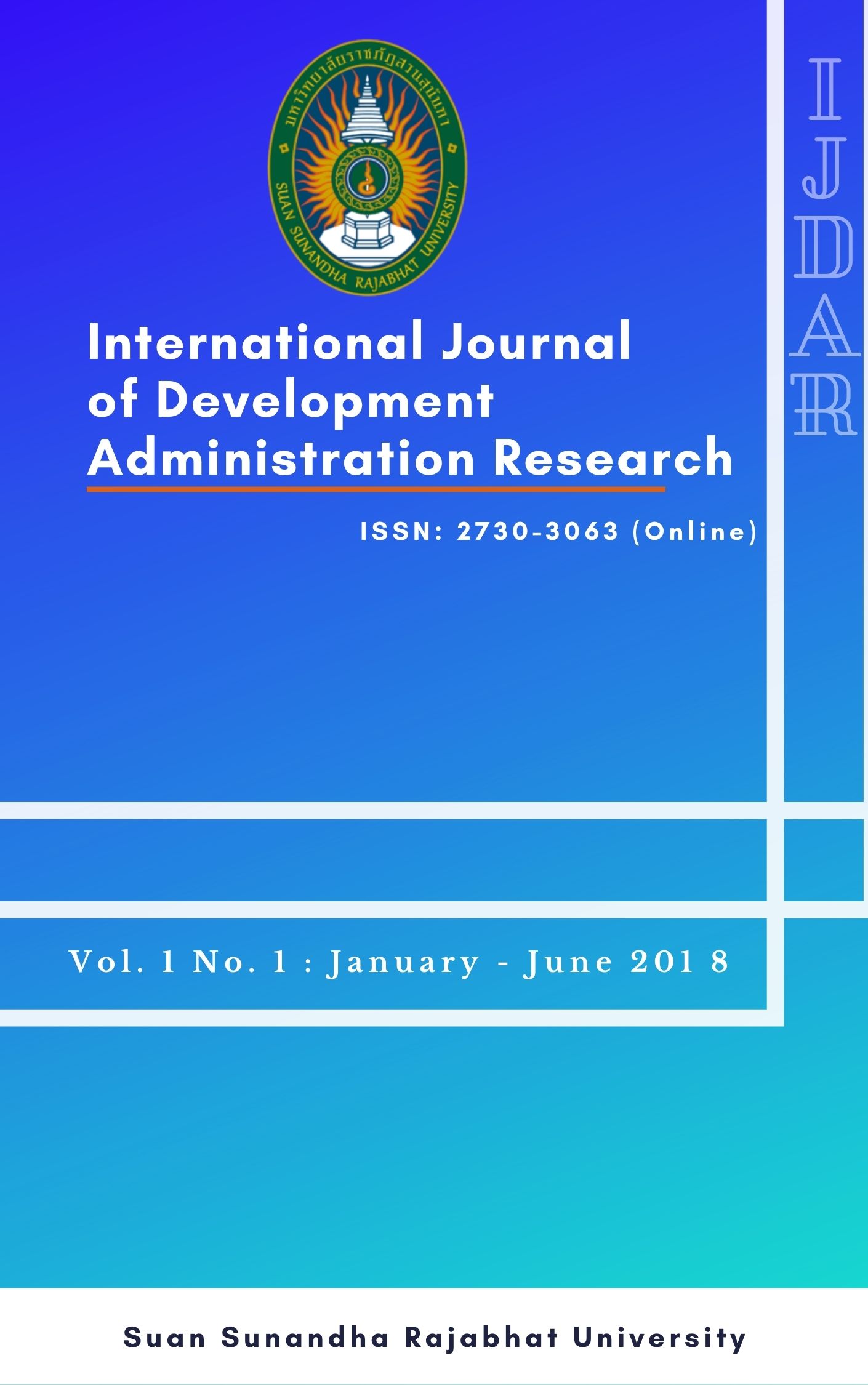Greater Mekong Sub region: Development and Challenges.
Main Article Content
Abstract
The Greater Mekong Subregion (GMS) was created by six countries sharing the Mekong River South East Asia namely Cambodia, Vietnam, Laos, Thailand, Myanmar, and China (specifically Yunnan province and Guang xi Zhuang Autonomous region). In 1992 with the launch of a development program the Asian Development Bank had brought these six countries together to work for economic development and prosperity. Over the years the remarkable achievement was made possible due to high regional integration and cooperation in trade investment in these countries. Despite several regional and global crises, the region continues to show its economic resilience and progress further. This paper focuses on the development opportunities of the subregion and the challenges of finding a balance between economic development and sustainable development in the Mekong Subregion. The paper reviews the available literature on economic cooperation, highlights the major challenges, and finding solutions to maintain peace and stability in the region.


